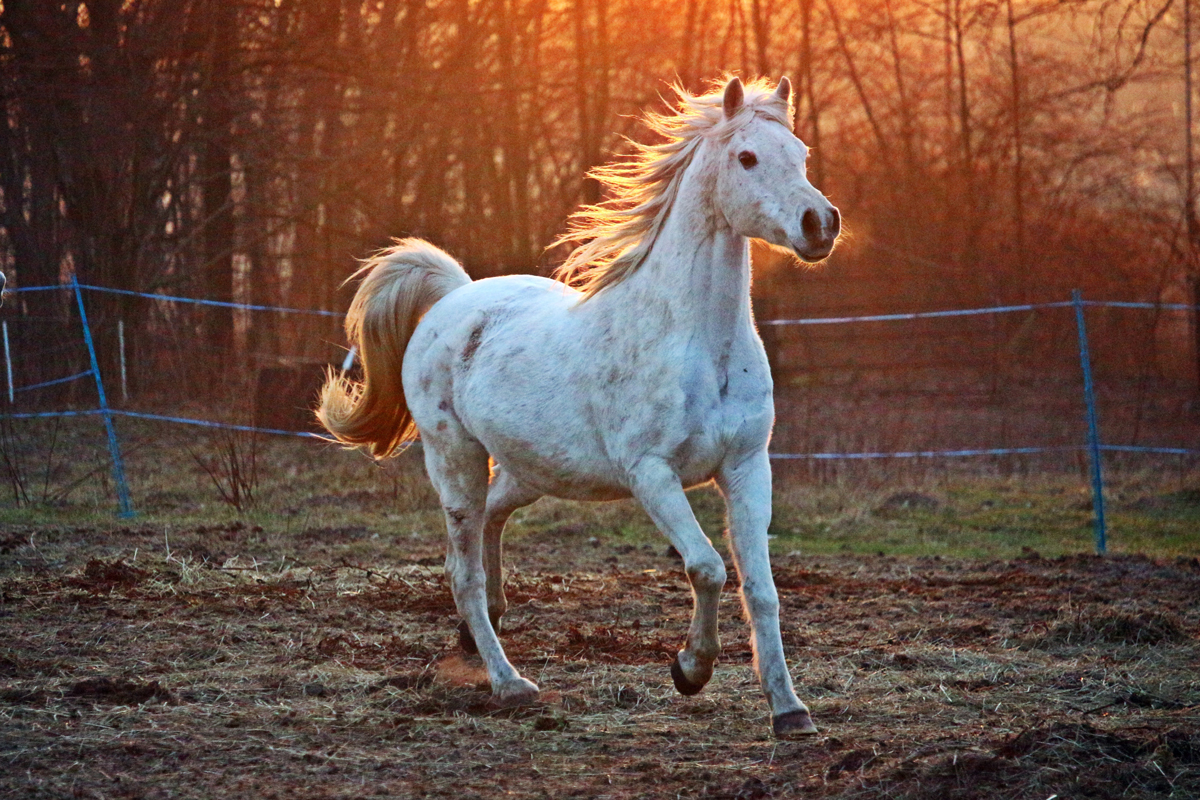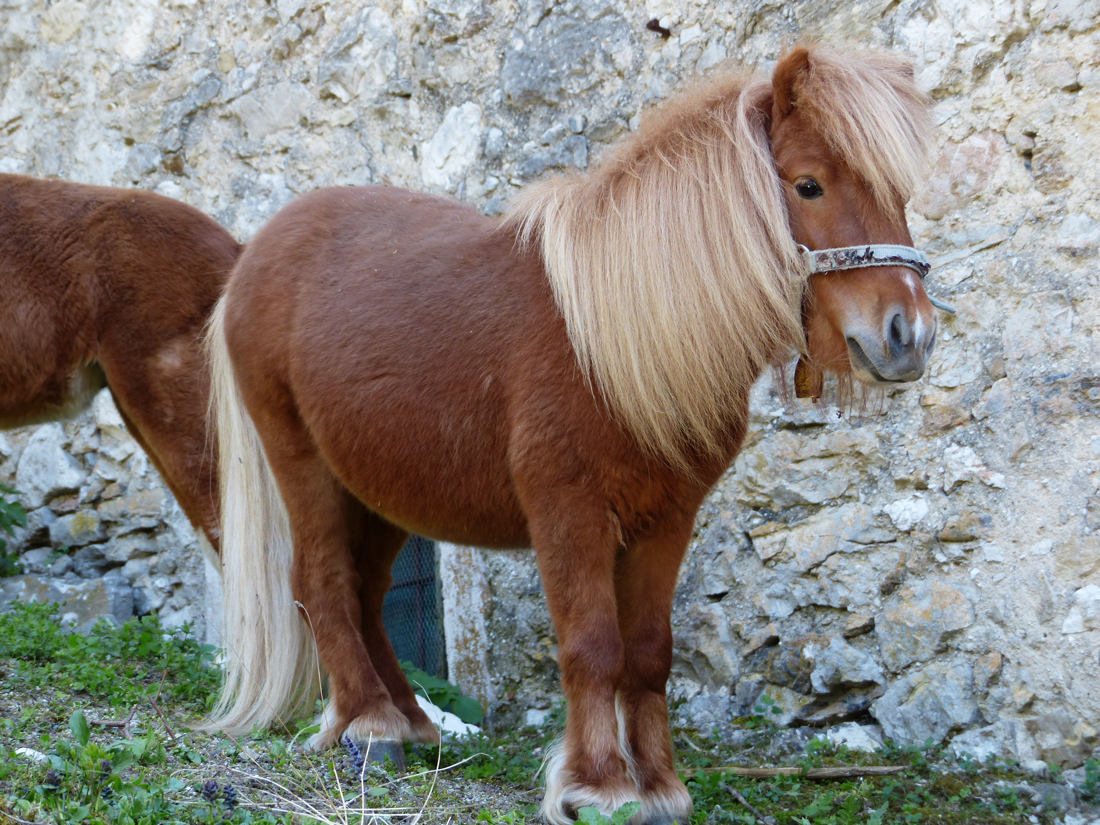Whether you’re a novice looking for lessons or an experienced rider searching for your next mount, choosing the right breed of horse is essential.
Having a bad experience early on can really shake your confidence. But choose the right breed to begin with and a beautiful, life-long love of horse riding will begin.
To keep you and those around you safe while you’re learning the ropes (or should that be reins?) you should invest in horse rider insurance. Here at Equesure, we have three different types of policy so you can pick the one that suits you best – Junior (5-17 years), Adult (18-65) and AdultPlus – but more about that later.
How to choose the right horse
In order to get the perfect partnership, you have to consider a number of things first. Just like every rider, every horse is unique and finding the right one for you can take some time.
Remember, riding and caring for a horse can be a very expensive hobby so you don’t want to invest in an animal that doesn’t complement your riding style or capabilities, as neither of you will enjoy the experience!
First, think about your physical attributes like your height and weight. You don’t want a horse that’s too short or too tall for you, especially if you’re choosing a pony for a child. As the Blue Cross explains, a rider should be able to easily climb onto their horse unaided from the ground and once they’re settled, the feet should rest in line with, or just above, the horse’s elbows.
When it comes to your weight, Equine Helper suggests that horses can easily carry 15 to 20 per cent of their own body weight – any more and they may start to struggle and show signs of fatigue.
You also need to consider your current level of riding ability, as well as your aspirations for the future. For example, if you’re already an experienced rider, a young and inexperienced pony probably won’t help you progress to competition status as they can be quite unpredictable. Equally, if you’re just starting out in the saddle, an older, steadier steed can make you feel more confident in an instant.






